You like your camera, we get it  but like I said, for me this is not about how good my camera is at processing RAW to Jpeg. It does a great job. One advantage of my chosen company being lazy and using the same sensor for several years, is they've got the processing fairly well sorted. My camera processes Jpegs very well but it processes a certain way and I do not then have the opportunity to process it in a different way. I like to have as much choice as possible. If you think that just means I can't get the exposure or the colour balance right, that's ok, I've heard the "Why shoot RAW if you can get it right in-camera" argument as many times as you've heard the "Professionals shoot RAW" one.
but like I said, for me this is not about how good my camera is at processing RAW to Jpeg. It does a great job. One advantage of my chosen company being lazy and using the same sensor for several years, is they've got the processing fairly well sorted. My camera processes Jpegs very well but it processes a certain way and I do not then have the opportunity to process it in a different way. I like to have as much choice as possible. If you think that just means I can't get the exposure or the colour balance right, that's ok, I've heard the "Why shoot RAW if you can get it right in-camera" argument as many times as you've heard the "Professionals shoot RAW" one. 
 but like I said, for me this is not about how good my camera is at processing RAW to Jpeg. It does a great job. One advantage of my chosen company being lazy and using the same sensor for several years, is they've got the processing fairly well sorted. My camera processes Jpegs very well but it processes a certain way and I do not then have the opportunity to process it in a different way. I like to have as much choice as possible. If you think that just means I can't get the exposure or the colour balance right, that's ok, I've heard the "Why shoot RAW if you can get it right in-camera" argument as many times as you've heard the "Professionals shoot RAW" one.
but like I said, for me this is not about how good my camera is at processing RAW to Jpeg. It does a great job. One advantage of my chosen company being lazy and using the same sensor for several years, is they've got the processing fairly well sorted. My camera processes Jpegs very well but it processes a certain way and I do not then have the opportunity to process it in a different way. I like to have as much choice as possible. If you think that just means I can't get the exposure or the colour balance right, that's ok, I've heard the "Why shoot RAW if you can get it right in-camera" argument as many times as you've heard the "Professionals shoot RAW" one. 


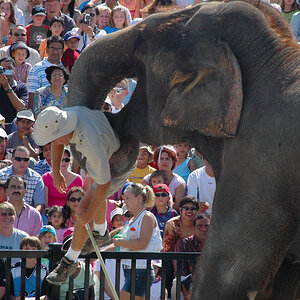
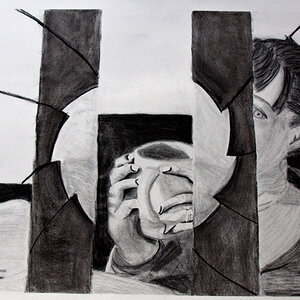
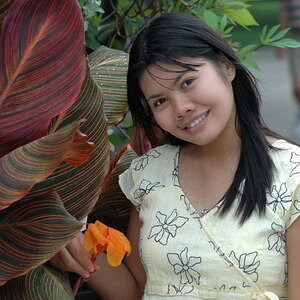
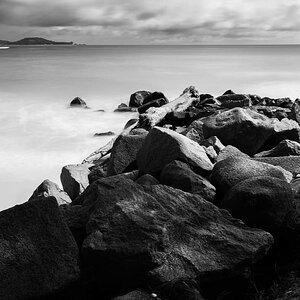
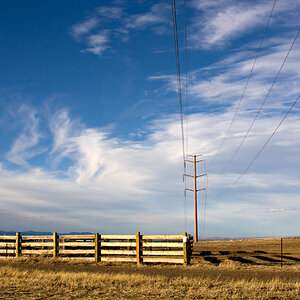
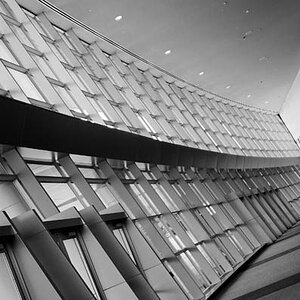
![[No title]](/data/xfmg/thumbnail/38/38725-bdf734721ecaad862bb3e3a856c81df5.jpg?1619738702)
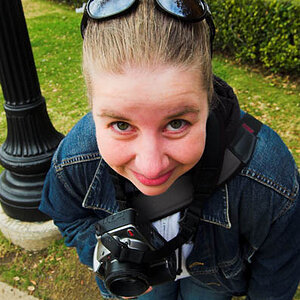
![[No title]](/data/xfmg/thumbnail/32/32717-74f4cee577117aa4476c9eb68fec51c7.jpg?1619735622)
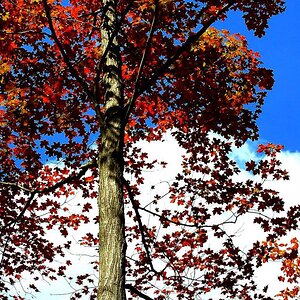
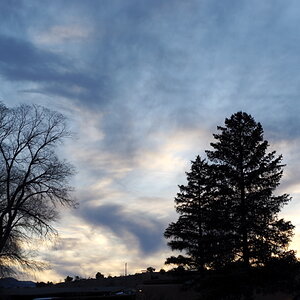
![[No title]](/data/xfmg/thumbnail/32/32638-22cfef06fc91cb3aee39b7b55c36198d.jpg?1619735555)